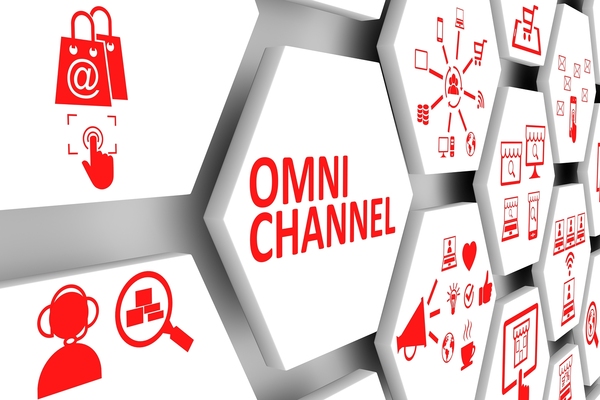
Every CPG packaging team understands the necessity of flexibility in today’s volatile consumer environment. Shoppers browse and purchase items in a variety of ways, and they demand the same variety in their delivery options. This necessitates the use of CPG packaging that fits an omnichannel strategy. How can companies determine the best CPG packaging to meet these trends?
Omnichannel Strategy for CPG Packaging—It’s Complicated
Consider the buyer’s journey today. While the in-store experience for CPG packaging is relatively the same, the immediacy of e-commerce requires that CPG products be shipped often as a solo item without the benefit of bulk shipping protection. The multiple touches that products undergo in this process requires a new approach to CPG packaging. The alternative is to heighten the risk of broken goods and unhappy customers.
In this environment, an omnichannel strategy for CPG packaging seems more than appropriate and more like a necessity. How can retailers revisit their packaging strategies to protect products in this multi-layered shipping and delivery environment?
SupplyChainBrain suggests several trends influencing CPG packing strategies in an omnichannel world:
- Faster fulfillment
We can blame Amazon Prime for the race toward speedier fulfillment. Companies are responding with corrugated packaging and peel and seal adhesive tapes to speed assembly and ship times. - Digital printing
The rise of digital printing creates both faster and lower cost CPG packaging designs. This allows for shorter print runs and a reduction in shelved inventory. It has also increased the ability to personalize designs and shift with the market. - Customer Experience
Boxes must now tell a story, thanks to the millennials, whose preference is for an unforgettable consumer experience right down to the packaging. This means CPG packaging must do more than protect the product. SupplyChainBrain suggests “an unboxing event,” that engages consumers from the time the package arrives.
Several primary choices exist for CPG packaging strategy today. Some companies create packaging to fit the sales and supply chain channels. Others offer one true omnichannel packaging flexible enough to fit a complex supply chain. Still, others offer a specific e-commerce package different from the store shelf packaging.

Successful Omnichannel Strategies for CPG Brands
Replacing glass or aluminum with flexible packaging more suitable for the challenges of e-commerce is one strategy to consider. Creating shapes and sizes for shipping efficiency and not shelf attractiveness can also reduce waste and improve sustainability. This could also cut costs and pass savings along to consumers.
Packaging redesign to fit the omnichannel experience is an increasingly necessary strategy. Consumers are no longer confined to inspecting products on a store shelf. Instead, CPG packaging models must be high-impact, personalized, and able to fit within the specific shopping channel to remain competitive.
No matter the packaging strategy, there is zero chance the challenges inherent in an omnichannel world will go away anytime soon. How brands adapt to these trends will mean the difference between competitive advantage and falling behind.
PKG Brand Design is always on the forefront of new CPG branding and packaging initiatives; please subscribe to our blog for the latest package design industry news!







